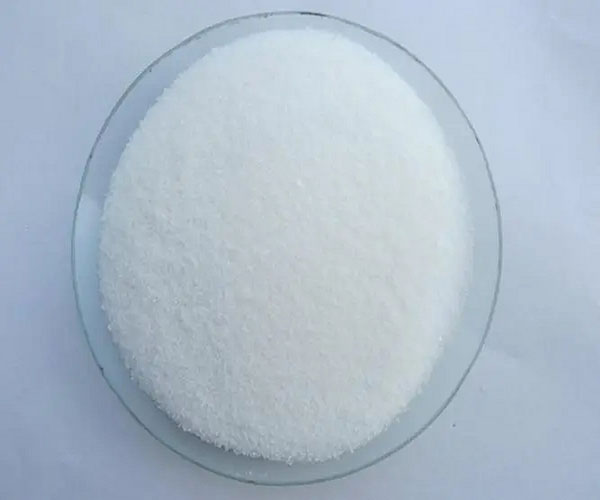1. Properties of Ammonium Molybdate
Physical Properties
Ammonium molybdate usually exists as colorless or slightly yellowish crystals. The most common form is ammonium heptamolybdate tetrahydrate . It has a density of approximately 2.498 g/cm³. These crystals are soluble in water, and the solubility is relatively high. When dissolved in water, it forms a clear solution.
Chemical Properties
Ammonium molybdate is an inorganic salt. In an aqueous solution, it can undergo hydrolysis to some extent. It is a weak oxidizing agent. It can react with reducing agents in certain chemical reactions. For example, in some redox reactions, the molybdenum in ammonium molybdate can change its oxidation state. It also shows characteristic reactions with other substances. For instance, it can react with phosphate ions in the presence of acid to form a yellow - colored phosphomolybdate complex, which is a well - known reaction used in the detection of phosphate.
2. Uses of Ammonium Molybdate
In the Field of Metallurgy
Ammonium molybdate is widely used in metallurgy as a precursor for the production of molybdenum metal and molybdenum - based alloys. Molybdenum is an important alloying element that can enhance the strength, hardness, and corrosion resistance of metals. In the process of producing molybdenum - containing steels, for example, ammonium molybdate is used to introduce molybdenum into the steel during the smelting process. The addition of molybdenum can improve the high - temperature strength and toughness of the steel, making it suitable for applications such as in the manufacturing of high - temperature - resistant parts in power plants and aerospace components.
As a Fertilizer in Agriculture
It is an important source of molybdenum for plants. Molybdenum is a crucial micronutrient for plants. Ammonium molybdate is used as a fertilizer additive to correct molybdenum deficiency in soils. Molybdenum is involved in the nitrogen - fixation process in leguminous plants and is also essential for the synthesis of enzymes such as nitrate reductase. By adding ammonium molybdate to the soil, the growth and productivity of plants can be improved, especially for crops that are sensitive to molybdenum deficiency, such as soybeans and alfalfa.
In Chemical Analysis
Ammonium molybdate plays a vital role in chemical analysis. As mentioned before, the reaction with phosphate ions to form a phosphomolybdate complex is used for the colorimetric determination of phosphate. This method is widely used in environmental monitoring, water quality analysis, and soil testing to determine the phosphate content. It is also used in other analytical techniques such as gravimetric analysis and spectrophotometry due to its characteristic chemical reactions and the stability of the complexes it forms.
In the Production of Catalysts
It is used in the preparation of various catalysts. Molybdenum - based catalysts are widely used in the chemical industry. For example, in petroleum refining, molybdenum - containing catalysts prepared from ammonium molybdate can be used for hydrotreating processes, such as desulfurization and denitrification of petroleum fractions. These catalysts help to improve the quality of petroleum products by removing harmful sulfur and nitrogen - containing compounds and also play an important role in other chemical reactions such as oxidation - reduction reactions and organic synthesis.
 English
English Español
Español Português
Português Français
Français Deutsch
Deutsch Русский
Русский 中文
中文 日本語
日本語
